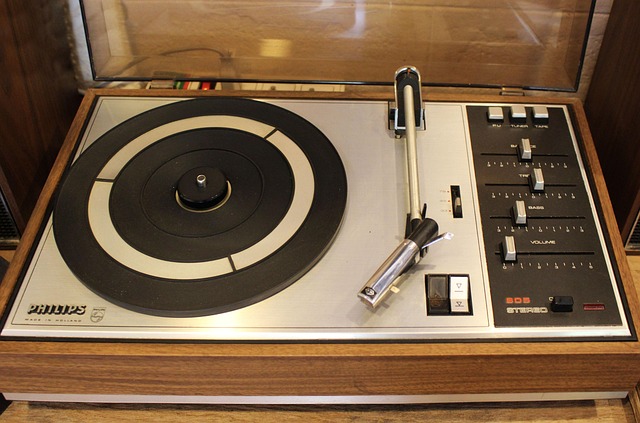The Ultimate Guide to Optimizing Your Server for Seamless Playback
In today’s fast-paced digital world, the need for seamless playback is paramount. Whether you are streaming your favorite series, listening to a playlist of your top songs, or engaging in online gaming, having a responsive server can make all the difference. With the right setup, you can ensure buffer-free sessions that keep the audience engaged and happy. Let’s explore how you can optimize your server for the ultimate playback experience!
Understanding Your Server’s Role
Your server acts as the backbone of your digital playback experience. It handles requests – retrieving and delivering content quickly to users. If your server struggles with lag or downtime, it directly impacts playback quality. Knowing how your server works allows you to make necessary adjustments that can enhance overall efficiency and user satisfaction.
Optimize Hardware Specifications
First and foremost, assess your server’s hardware. The CPU, RAM, and storage all play vital roles in processing data and serving it swiftly:
- CPU: A multi-core processor can handle multiple streams concurrently, reducing wait times.
- RAM: More memory allows for faster data retrieval, which is crucial for quick loading times.
- Storage: Consider using SSDs instead of traditional HDDs for faster read and write speeds.
Network Configuration Matters
Your network configuration is critical to playback quality. A well-configured network ensures minimal latency and high bandwidth, accommodating numerous users seamlessly:
- Bandwidth: Ensure you have enough bandwidth to support the maximum number of users that might be streaming simultaneously.
- CDN Utilization: Content Delivery Networks (CDNs) can reduce the distance data travels, thereby improving load times and overall playback.
Software and Encoding Optimization
The software environment is just as crucial as the hardware. Selecting the correct software solutions can lead to better management of media files and enhance performance:
- Media Server Software: Choose a dedicated media server that suits your requirements, such as Plex or Wowza. These options are designed for efficient playback.
- Encoding Formats: Using efficient audio and video encoding formats (like H.264 for video and AAC for audio) can significantly reduce file sizes while maintaining quality.
Regular Maintenance and Monitoring
Keeping your server in top shape requires regular maintenance and monitoring:
- Monitoring Tools: Use tools to monitor server performance, such as load, uptime, and response times. This way, you can quickly identify and rectify issues before they affect playback.
- Regular Updates: Ensure your software and operating systems are up-to-date. Updates often include performance improvements and security patches.
Testing and Feedback
Finally, always test your setup. Get feedback from users regarding their experience. Do they face buffering issues? Are there problems with connection? Utilize their insights to guide further optimizations. Testing can reveal areas for improvement you might not have considered.




